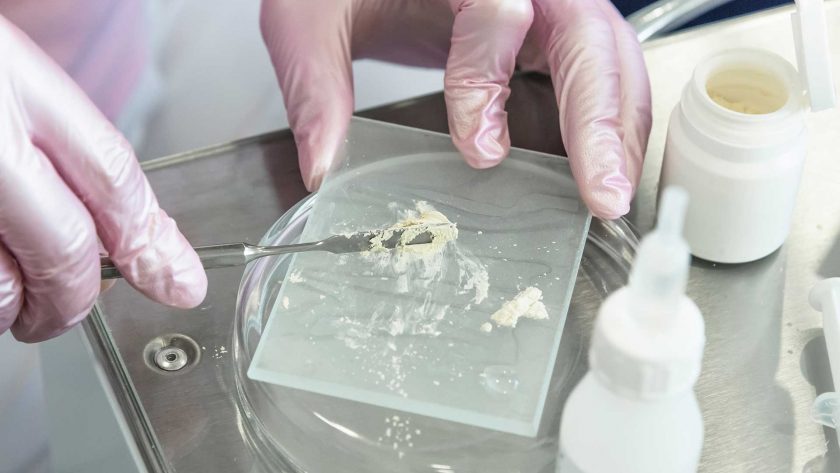Being a dental assistant is a fun and rewarding career for anyone who enjoys working with people and helping them improve their health. It’s a great feeling to end every day knowing you’ve been part of a team that has relieved a patient’s pain or even put a literally new smile on their face.
A dental assistant’s duties can vary based on the size of their office, but on any given day they might set up and clean the operatory, welcome patients and update medical information, take x-rays and impressions of teeth, sterilize equipment, and work closely with the dentist during procedures.
Some dental offices might have only one dental assistant on staff, and in that case the assistant will have a broad range of duties. Other offices that employ multiple assistants might ask each assistant to specialize in particular tasks such as sterilization. In addition, some dental assistants might choose to work in specialized fields of dentistry such as orthodontics, pediatrics, or oral surgery, where the assisting duties will adjust according to the needs of the office.
General duties and responsibilities of a dental assistant
The work of a dental assistant will always build off of certain core principles and training no matter where they are employed. A dental assistant is like a second set of hands for the dentist, making both surgical procedures and the office itself run more smoothly and efficiently.
Organization and preparation
Before every patient visit, the dental assistant must ready the room and any equipment that might be needed. This involves sterilizing the room and all instruments, and laying out any necessary tools in a logical and accessible order.
Interaction with patients
The dental assistant welcomes the patients and escorts them to the operatory. An experienced dental assistant will be able to read the patient’s mood and anxiety, help put them at ease, and inform the dentist of any potential problems. The dental assistant will interview the patient to update their medical history. They will perform preliminary examinations such as taking blood pressure and pulse. And qualified dental assistants can even take and develop x-rays or take impressions for casts or models.
During procedures
Patient interaction continues during procedures with the dentist, when the dental assistant monitors the patient for pain. While the dentist works, the assistant periodically uses suction devices to clear the procedure site. The assistant also constantly anticipates the dentist’s process and is always ready to hand over the next needed instrument.
After the procedure, the dental assistant will provide the patient with post-op care instructions and answer any patient questions about oral health and dental care.
Behind the scenes
The dental assistant is an expert in infection control and follows all recommended procedures for cleaning and working in the operatories and lab. They run the autoclave, purge waterlines, change filters, and generally stay up to date with the cleaning needs of all specialized equipment used in the office.
The dental assistant also sometimes works in the lab helping to prepare crowns or create mouth guards.
Administrative duties
Some dental assistants prefer front office work, scheduling appointments with patients, taking payment and insurance information, managing accounts, and ordering supplies and equipment as needed.
Becoming a dental assistant
Dental assisting is a good career choice for those who work well as part of a team, are adaptable and flexible when it comes to working a wide variety of tasks, and enjoy staying busy throughout the day. You should be personable and have good communication skills — both with patients and with the dentist — and have an interest in science and medicine. Manual dexterity is also important.
Although some states allow unlicensed dental assistants to work directly under a dentist’s supervision, you would need one of two basic types of certification to be fully authorized for a wide range of dental assisting duties:
- CDA — A certified dental assistant is licensed nationally, but some states require additional certification.
- RDA — A registered dental assistant is a state-level certification that does not transfer to other states, but is sometimes more rigorous and allows for more duties than a CDA.
Becoming an RDA or CDA requires graduation from a certified assisting program and passing a certification exam.
Additional dental assistant certifications are available beyond RDA and CDA in multiple specialty areas: endodontics; oral and maxillofacial radiology; oral and maxillofacial surgery; oral pathology; orthodontics; pediatric dentistry; periodontics; prosthodontics; and dental public health.
REFERENCE
DANB: https://www.danb.org/Become-Certified/Exams-and-Certifications/CDA.aspx




